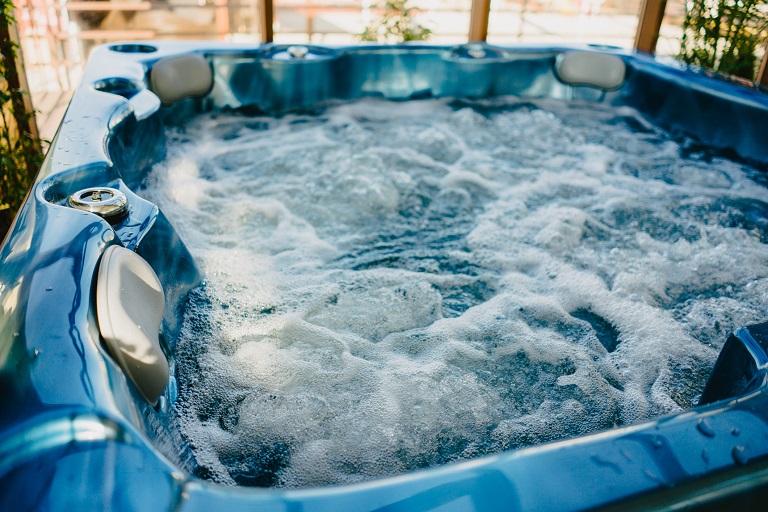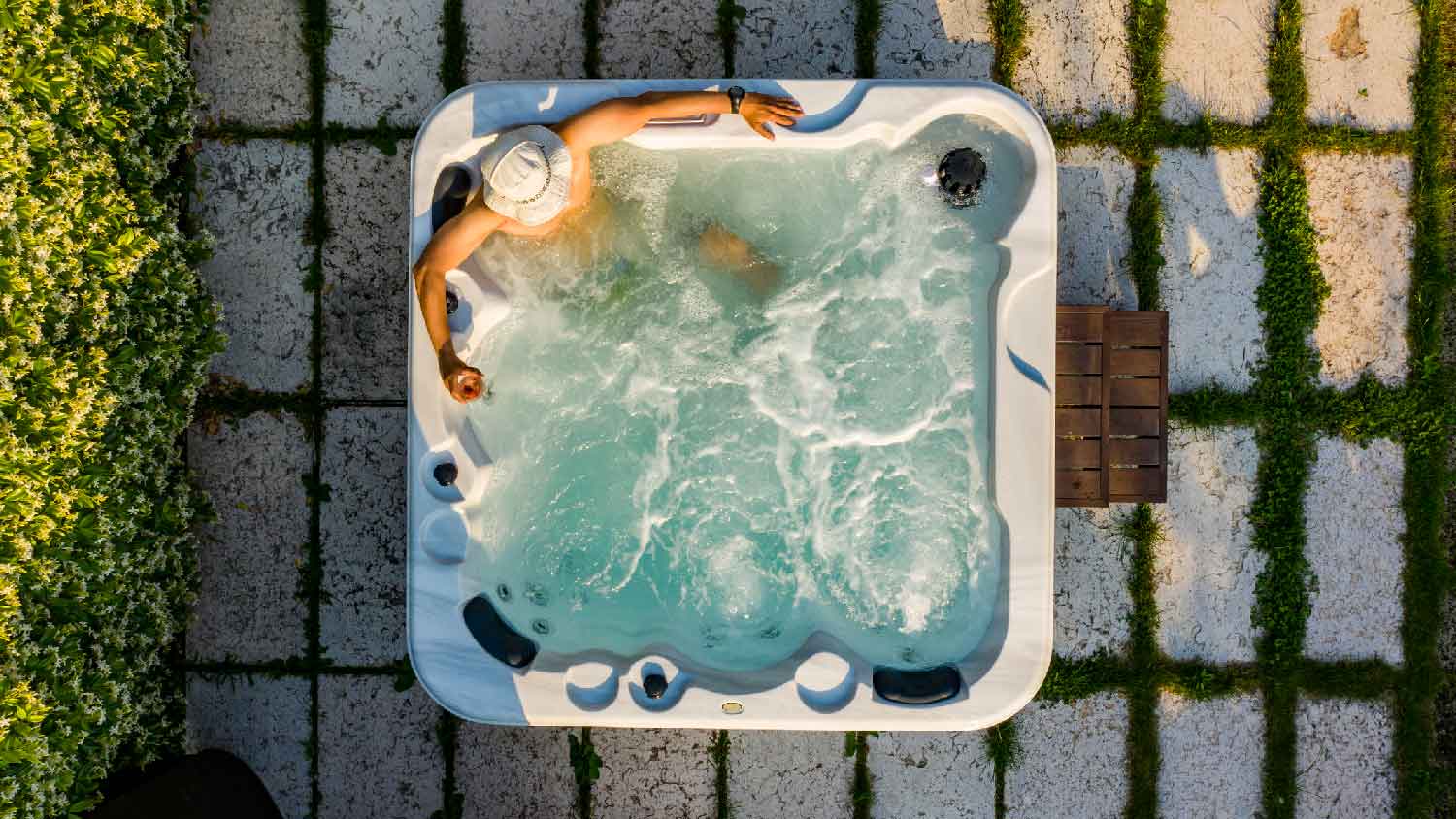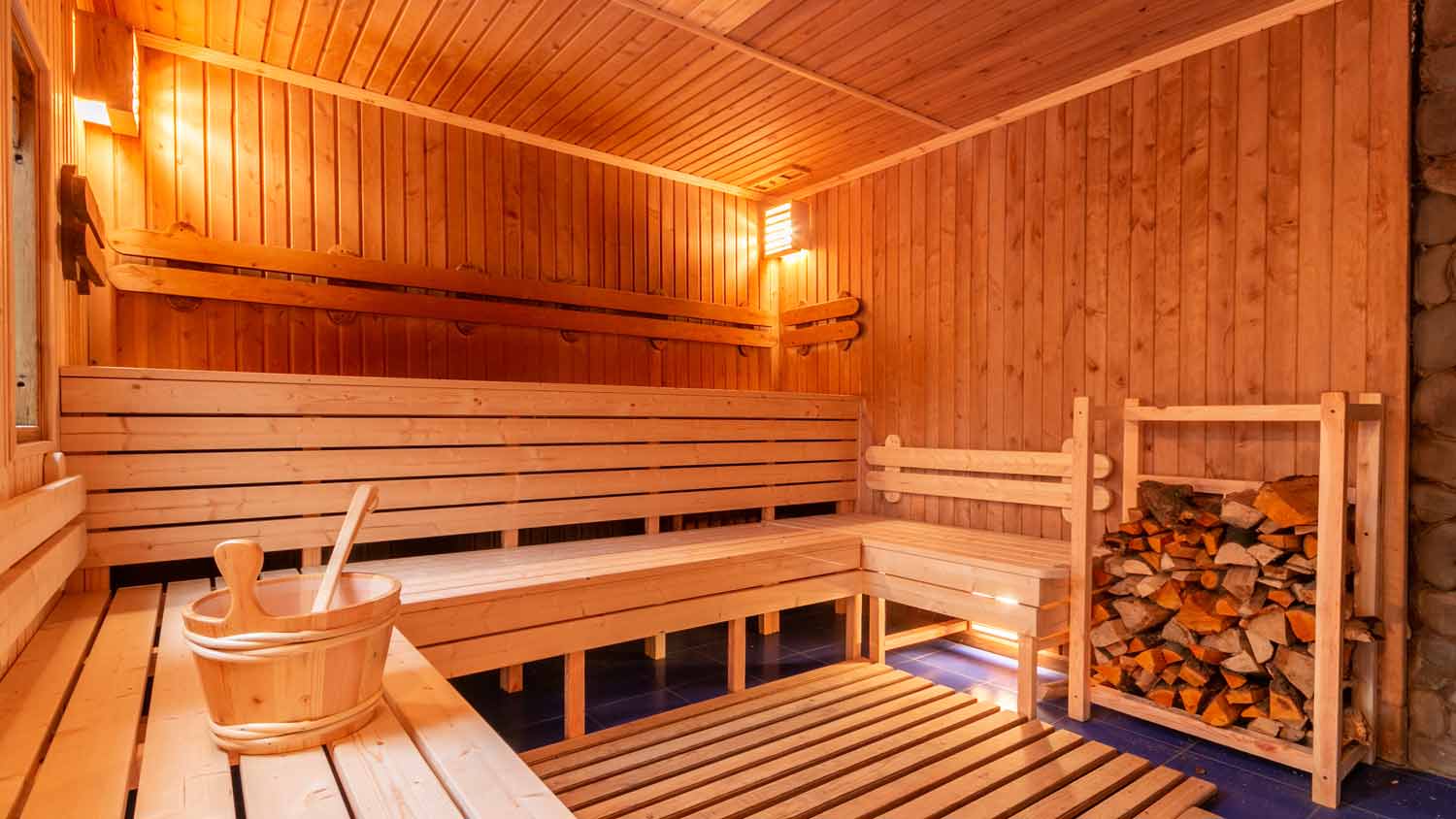
Wondering how much it costs to run a hot tub? Discover average monthly and yearly costs, key factors, and tips to keep your hot tub expenses in check.
If you wanted sand, you'd head to the beach


A sand filter uses sand to clean your pool water.
When part of the filter cracks, sand can pass through into the pool.
Filter parts can crack due to old age or excessive force.
Replacing the damaged part will solve the problem.
You love the feeling of sand between your toes—when you're at the beach. At home, in your swimming pool, it's a different story. If you're wondering why your pool filter is blowing out sand, it's likely that part of the filter is damaged. Here's what to do about it.
Your pool's sand filter is a large tank full of sand. In the center of the tank is a pipe and at the base of that pipe are several laterals, or plastic fins. Each lateral is covered in tiny openings, which allow water to enter your pool
Usually, the openings on the laterals are small enough that sand won't pass through them. However, if a lateral cracks or becomes otherwise damaged, the sand can seep past, flowing into your pool.
If a cracked lateral (or two, or three) is causing sand to blow out into your pool, your best option is to replace it with a new one. You may be able to do this yourself, but if you're not comfortable with all the steps involved, a pool repair pro near you can do the work for you.
First, you'll need to turn off the filter, then empty its tank, removing the sand and any water inside. Carefully replace the broken lateral or laterals with new ones, then fill the tank halfway with water and add fresh sand to fill. Reconnect the filter, backwash it, then allow it to run.
If your filter is pushing sand into your pool, the most likely culprit is one or more cracked laterals. However, there is a chance that the standpipe, the thick pipe that's connected to the laterals, is cracked.
The filter's standpipe is more heavy duty than the laterals, so somewhat less likely to crack. Anything is possible, so if you don't see any visible signs of damage in the laterals, it's worth taking a look at the pipe itself. Sand can easily pass through a broken standpipe and out into your pool.
Just as the fix for a broken lateral was to replace it, the fix for a cracked standpipe is to swap it out for a new, undamaged one. The steps are the same as replacing the laterals. You'll need to turn off and empty the filter, then replace the broken pipe with a new one before adding fresh sand and water.
If you're not feeling up to the task, a pool repair pro can take it on for you. You may actually prefer to have a pro do the work to ensure that the correct part gets replaced and installed.
Replacing broken parts in your pool's sand filter may not be difficult, but it's not exactly fun. Multiple steps are involved, and the project can be time consuming. If you'd rather not deal with it or aren't sure you've correctly identified the problem, it's a good idea to hire a pool repair pro to do it for you.
A professional pool repair person will thoroughly inspect the filter and let you know of any other potential problems that could impact its performance.
Sand pool filters have a long lifespan, but they don't last forever. Staying on top of maintenance will help you detect when the filter or its parts are on their last legs.
If you'd like to avoid sand in your pool completely, consider swapping out a sand filter for a cartridge filter. Cartridge filters use pleated fabric to trap debris and keep it out of your pool. They are slightly more expensive than sand filters but have fewer maintenance requirements and a lower operating cost.
From average costs to expert advice, get all the answers you need to get your job done.

Wondering how much it costs to run a hot tub? Discover average monthly and yearly costs, key factors, and tips to keep your hot tub expenses in check.

Wondering about hot tub cover costs? Learn what impacts pricing, compare materials, and discover ways to save on your next hot tub cover purchase.

Hot tub repair costs will depend on the type and severity of the issue. Our cost guide will help you decide whether to DIY or hire a professional.

Does your hot tub have you seeing green? Get the answer to "why is my hot tub green" and find out how to get the water back to normal.

Discover sauna maintenance cost estimates, including average prices, key cost factors, and tips to help you budget for a clean, efficient sauna.

If you’re looking to get your backyard summer-ready, use this guide to learn pool opening costs, budget appropriately, and how to save money.